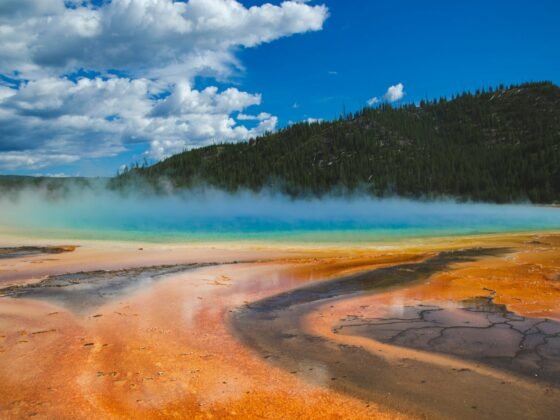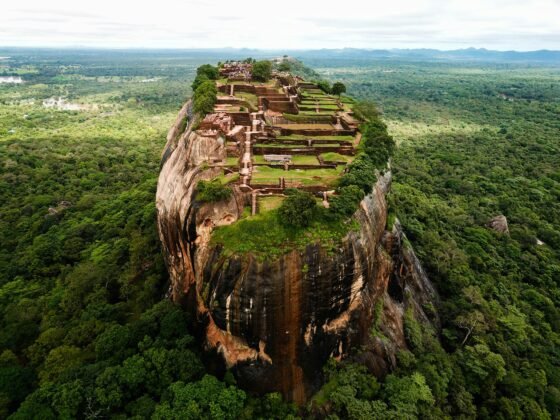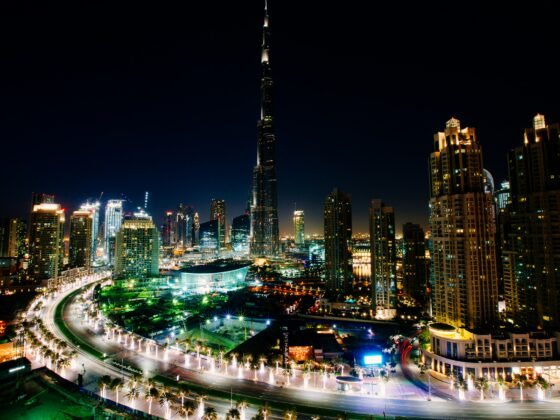In a country as popular with tourists as Italy, its unusual to find a seemingly undiscovered gem. Step forward Matera, situated down on the in step of Italy’s south and destined to become one of its leading attractions. If you are going to go, go soon. It’s staring role at the start of the latest James Bond movie – No Time to Die – has put it firmly in the spotlight of travellers from all over the world.
The modern town is home to some 60,000 inhabitants, perched on a rolling ridge that dominates the wide , open fields of corn that surrounds it. As with many Italian hill towns its Cathedral sits on the highest point, its tower a landmark for kilometres around. It’s the eastern side of town that makes the town unique, hanging as it does over a deep gorge cut through the soft sandstone rocks over the millennium.
The Sassi is the old town, divided into two areas by a square and church which clings to the edge of this gorge. Cling is not really the correct work. Burrows into works better as over 1,000 of the old houses in the Sassi are caves dug from the rock by early inhabitants.

And those inhabitants found the site along time ago, way back in the Palaeolithic, approximately 10,000 years ago. It makes Matera the third oldest continuously occupied settlement in the world after Jericho and Aleppo. What drew them was the soft rock that even their basic tools could cut into tot provide shelter in a location that offered protection from both wild animals as other humans. The nearby river offered water and fish, the nearby lands offered easy access to basic farming as those skills developed.
Since then, it’s been occupied by the Greeks, Romans, Saracens, Bourbons, various local Italian states. It was never central enough or controlling of a major trade route to become a major centre, but prosperous enough to continue.
This long era of occupation was threatened in the early 1950s when the poverty of the local population was highlighted by the Italian writer Carlo Levi, himself exiled to the south for his political views. The fact that there were Italians living in caves with their livestock became a national scandal (infant mortality was at 50% because of the conditions) and the government forcibly rehoused the entire population of the Sassi into public housing in 1952.
The Sassi slowly fell into disrepair, the stone facades that had been built onto the front of the cave dwellings slowly tumbling down. The terracotta gutters and piping, often supported by cattle bones rather than scarce wood, fell and no longer diverted rainwater into the hundreds of underground cisterns dug into the rock.
It was only in the 1980s that things started looking up for the old town. People started leasing back buildings from the Government and restoring them into larger, comfortable homes. In 1993 the Sassi was made into a UNESCO World Heritage Site and the pace of restoration continued, buoyed by the first, embryonic tendrils of tourism. In 2019 it was The European City of Culture, confirming its place at the very top table of destinations.
When you visit today, getting lost in the maze of alleys and streets that link the six or so levels, its still like stepping back in time. The southern part of the Sassi is (slowly) being restored as a living museum of how the Sassi felt 100 years ago. Other dwellings have been combined into wonderful, atmospheric boutique hotels, using the caves to offer unique rooms and experiences. At the height of summer its estimated that over 6,000 visitors can stay in Matera, barely 10% of the town’s population. Compare this to Florence whose population more than doubles. Boasting six Michelin restaurants, plenty of bars, cafes, pizzeria and trattoria, there is plenty of room for everyone to soak up the atmosphere of this truly unique destination.
Photo by Luca Micheli on Unsplash












